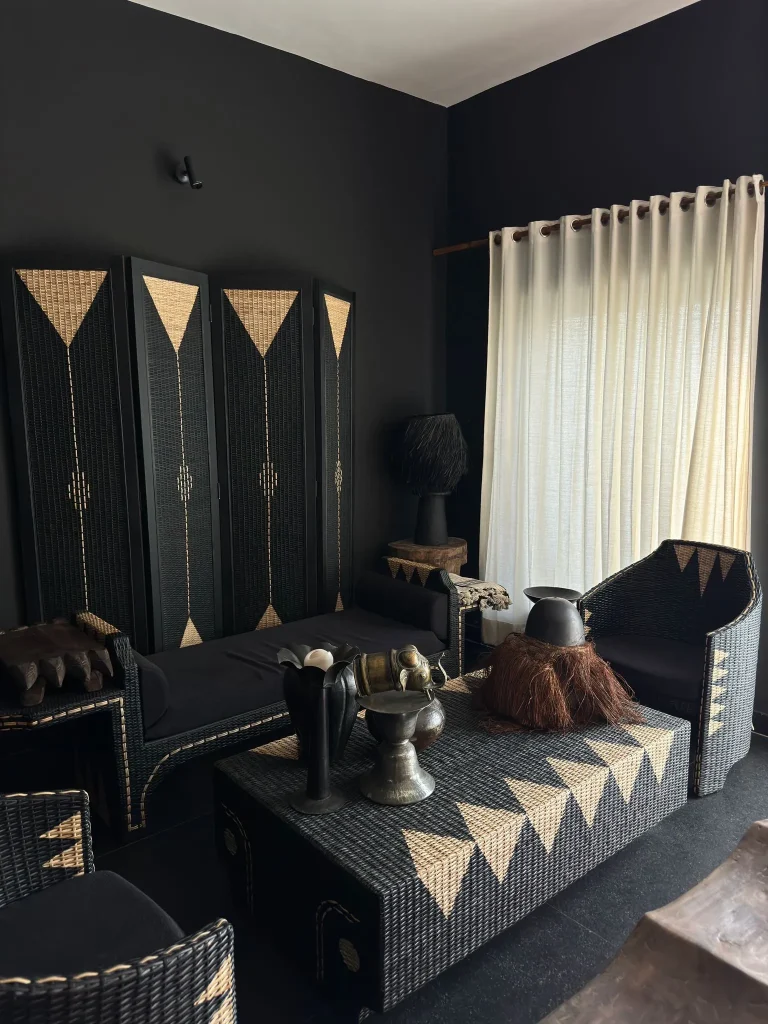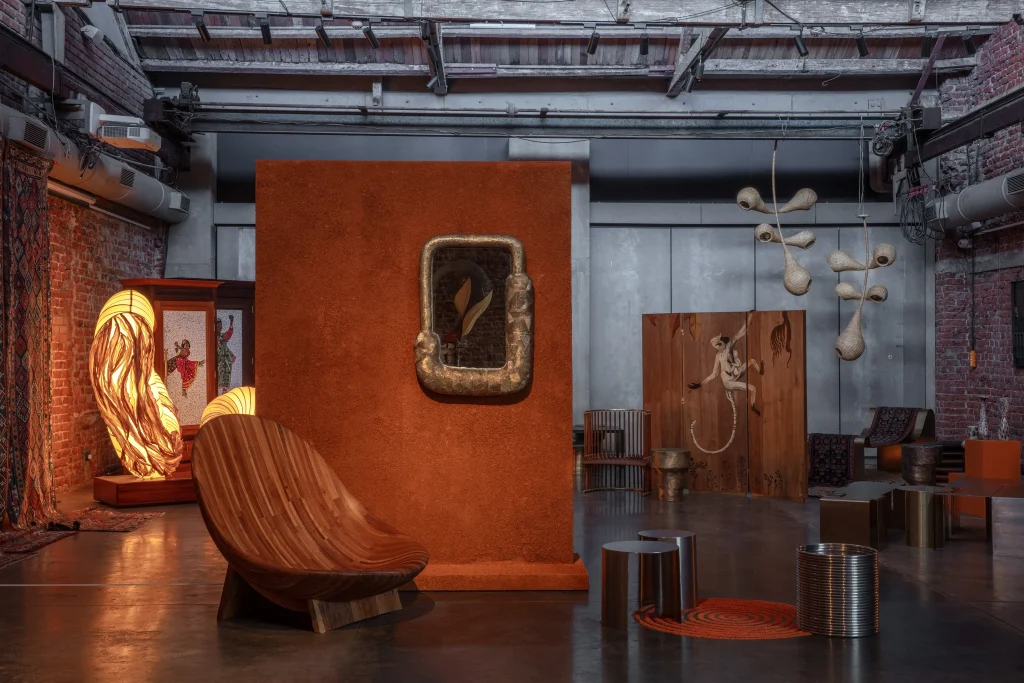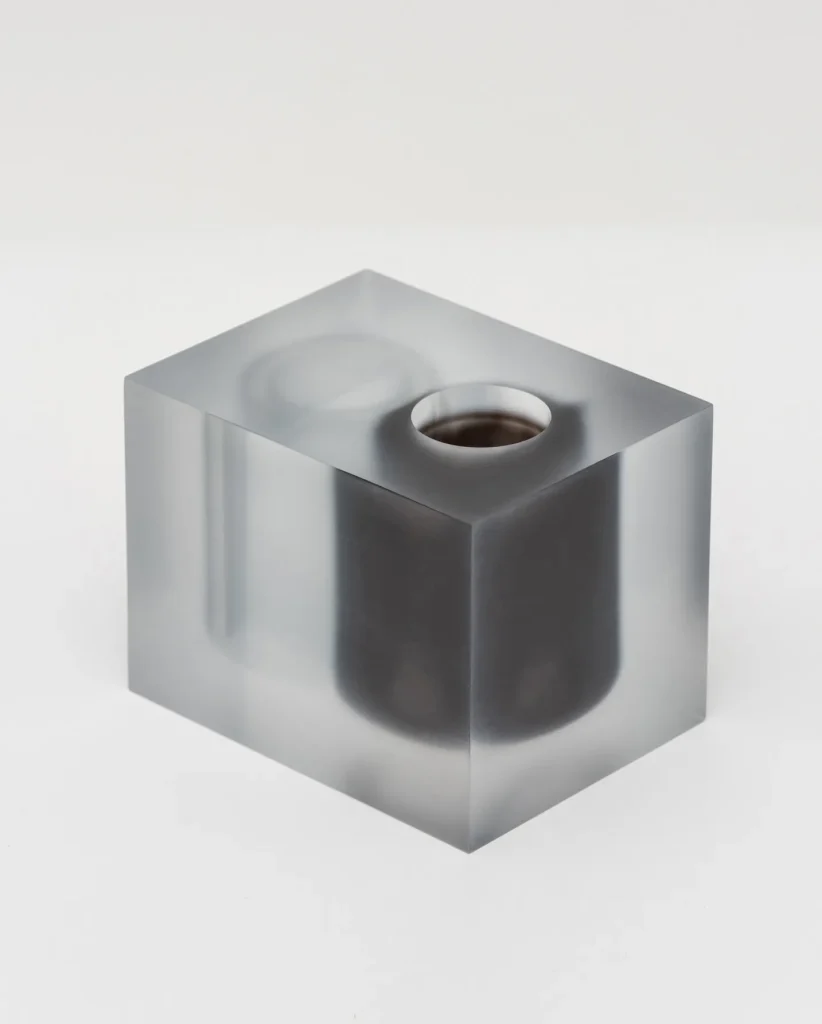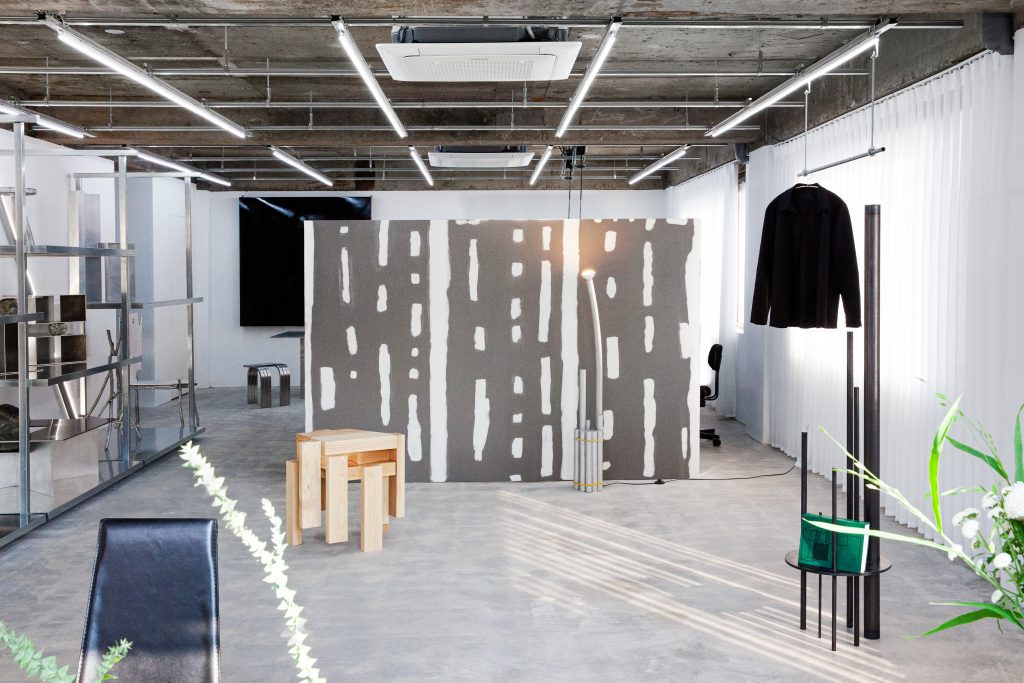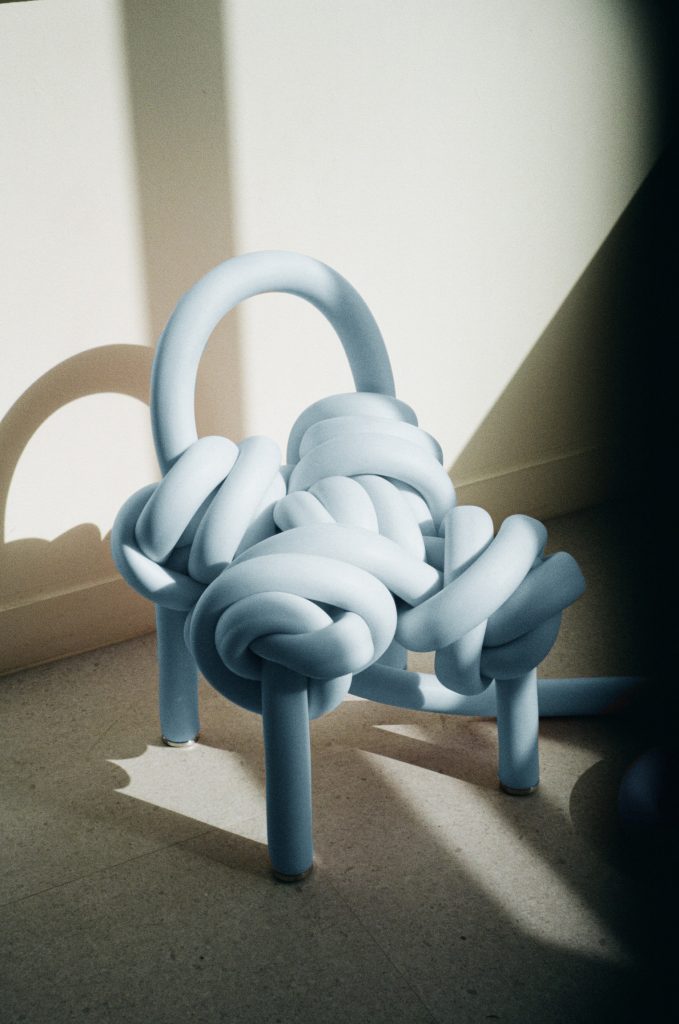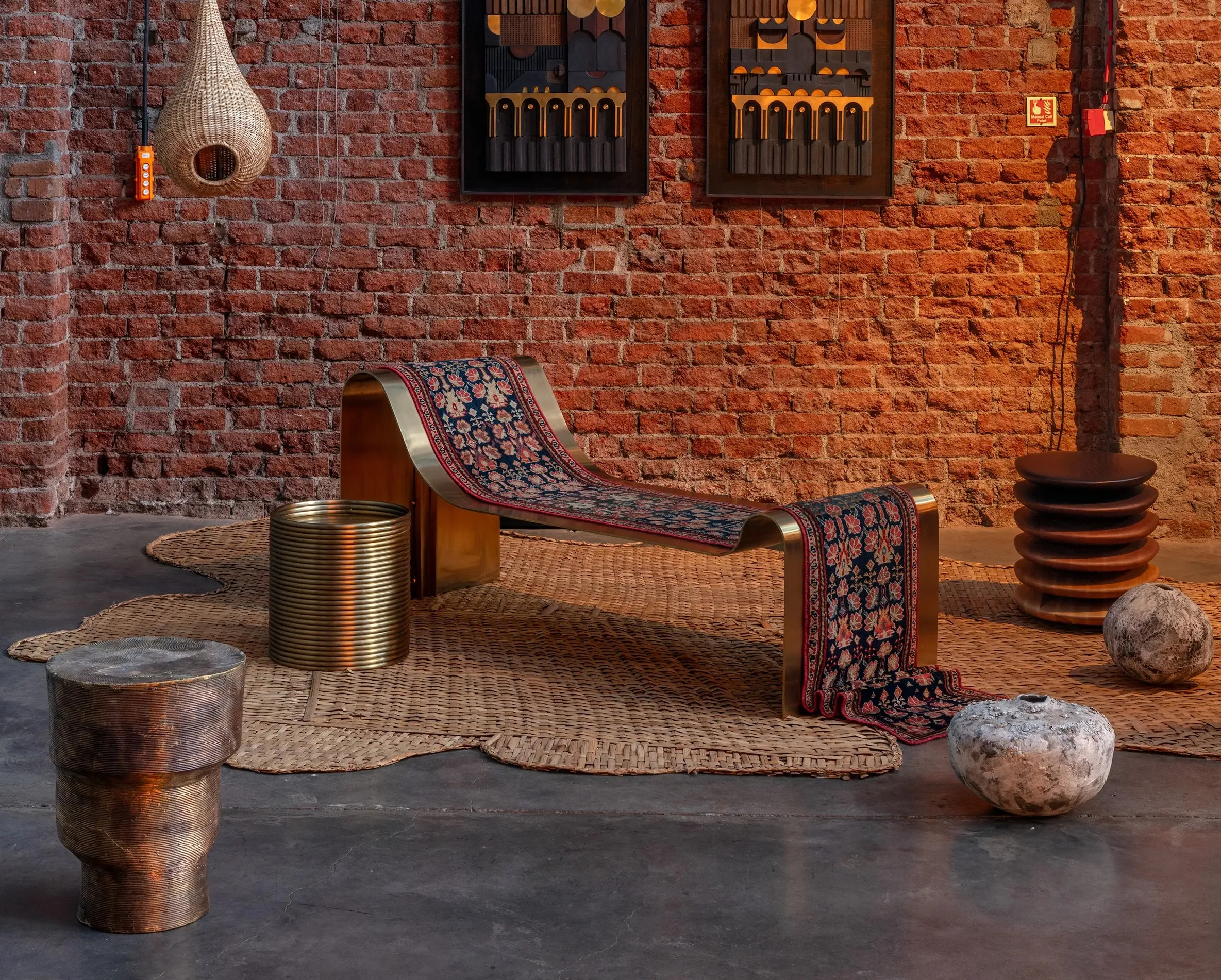
Kamna Malik on Curating Indian Design’s New Chapter
When Kamna Malik speaks about Indian design, she draws on over a decade of experience shaping how the world sees creativity from the subcontinent. As former Editor of ELLE India and Curator of India Design ID, she has brought together diverse creative communities, introduced global audiences to leading Indian voices, and positioned the country as a serious contributor to the global design dialogue.
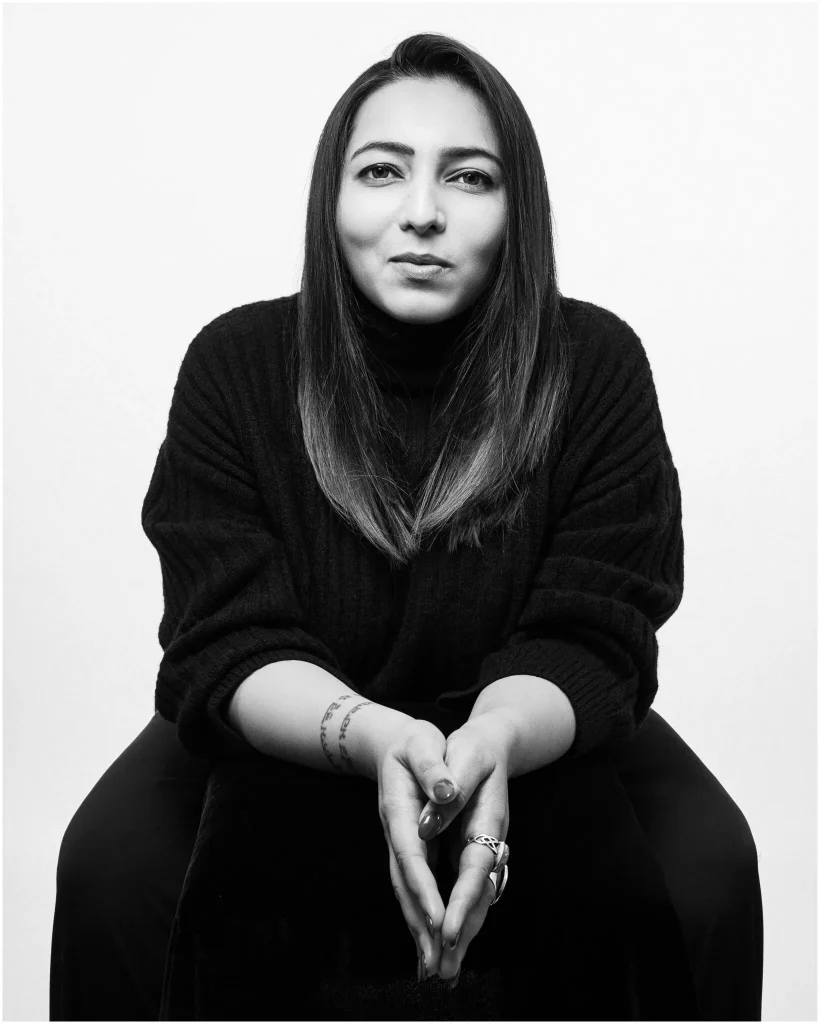

Now, as founder of cultural agency KRSP, Malik continues to champion contemporary Indian design through brand strategy, global collaborations, and curatorial projects. For Design Destination: India, she has selected seven studios that reflect a pivotal moment: one where tradition and modernity are in active dialogue rather than opposition.
We spoke with Malik about her curatorial process, the current state of Indian design, and what she hopes international audiences will take away from this Design Destination: India campaign.
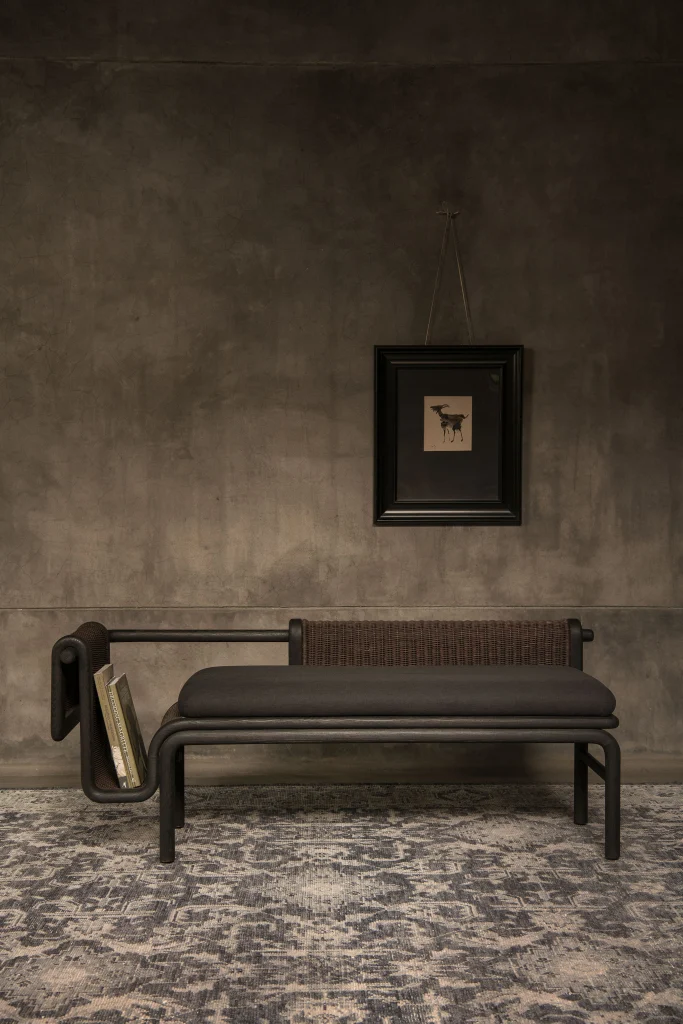

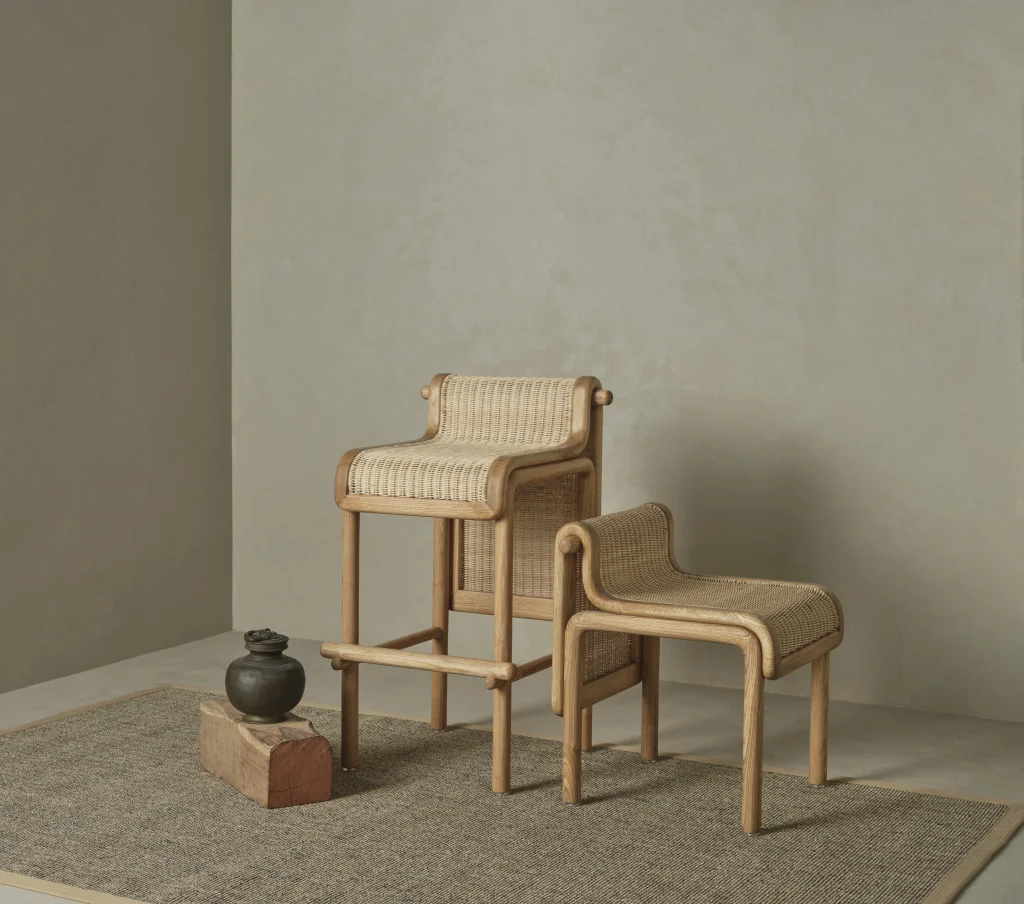

ADORNO: How would you describe the current moment in Indian design?
KM: The current moment in Indian design is one of powerful redefinition — a transitional phase where tradition and modernity are in active dialogue. We’re witnessing a new design vocabulary emerging: one deeply rooted in India’s material culture, craft practices, and regional diversity, yet unafraid to engage with contemporary forms, technologies, and global aesthetics.
Design in India today is no longer just about utility or ornamentation; it’s about meaning-making. There’s a growing sensitivity to context — social, cultural, ecological — which is leading to more intentional and narrative-driven products.
“Craft is being reimagined not as heritage locked in time, but as a living system of knowledge adaptable to the present.”
Importantly, the design landscape is also decentralizing. Talent is emerging from outside traditional urban centers, and digital access is reshaping how products are imagined, produced, and experienced. There’s a visible shift towards material experimentation, sustainable thinking, and a hybridized aesthetic that is neither purely vernacular nor entirely Western — but distinctly Indian in its multiplicity.
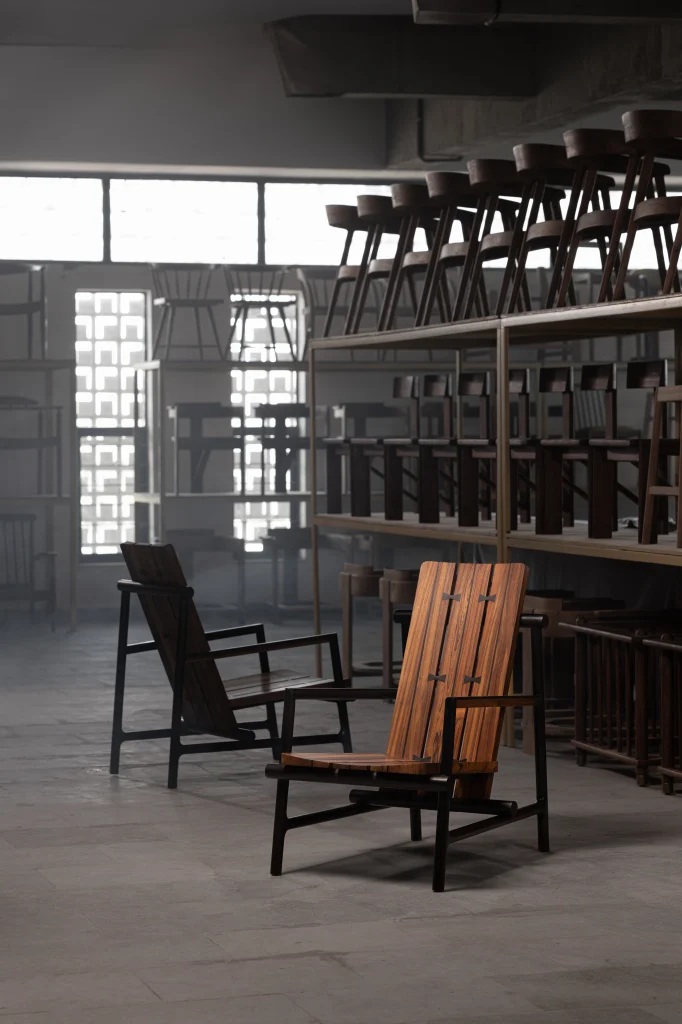

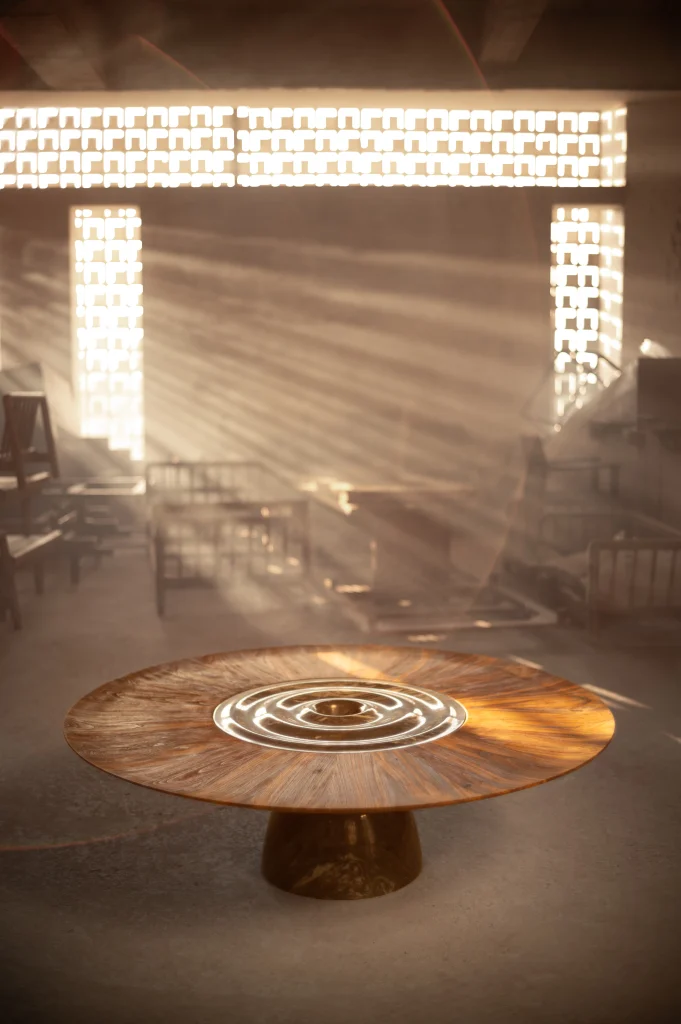

ADORNO: What do you hope international audiences take away from this campaign?
KM: I hope international audiences come away with a more layered, contemporary, and expansive understanding of Indian product design — one that goes beyond the clichés of color, craft, or ornamentation that often frame global perceptions of India.
This campaign is about reframing the narrative: showcasing Indian design as a site of critical inquiry, material intelligence, and conceptual depth. It’s an invitation to see Indian designers not just as inheritors of craft legacies, but as cultural thinkers — reinterpreting tradition, responding to modernity, and shaping new identities through form and function.
“I want audiences to engage with the tension and harmony between the past and present that defines much of Indian design today.”
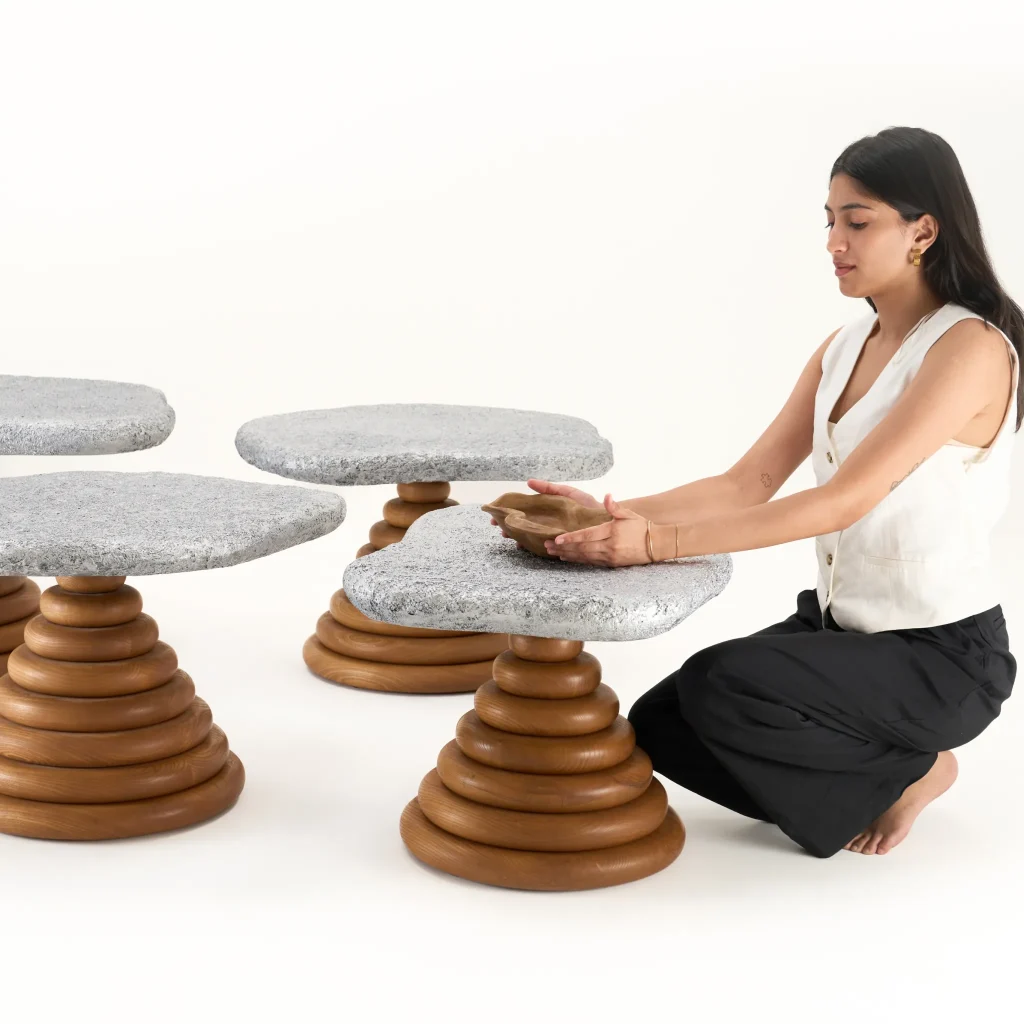

From material experimentation and process-driven making to socially embedded practices and slow, sustainable models, Indian product design today offers alternative futures grounded in local knowledge systems but globally resonant in thought and execution. Ultimately, I hope the campaign challenges assumptions, sparks curiosity, and positions Indian design not as peripheral or exotic, but as vital, plural, and globally relevant.
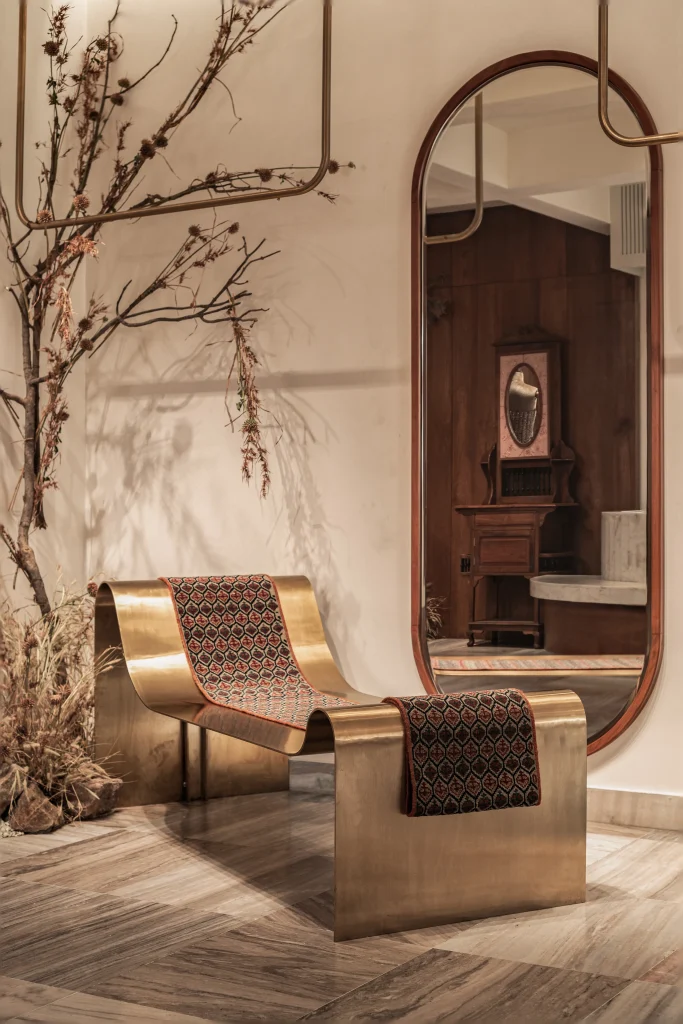

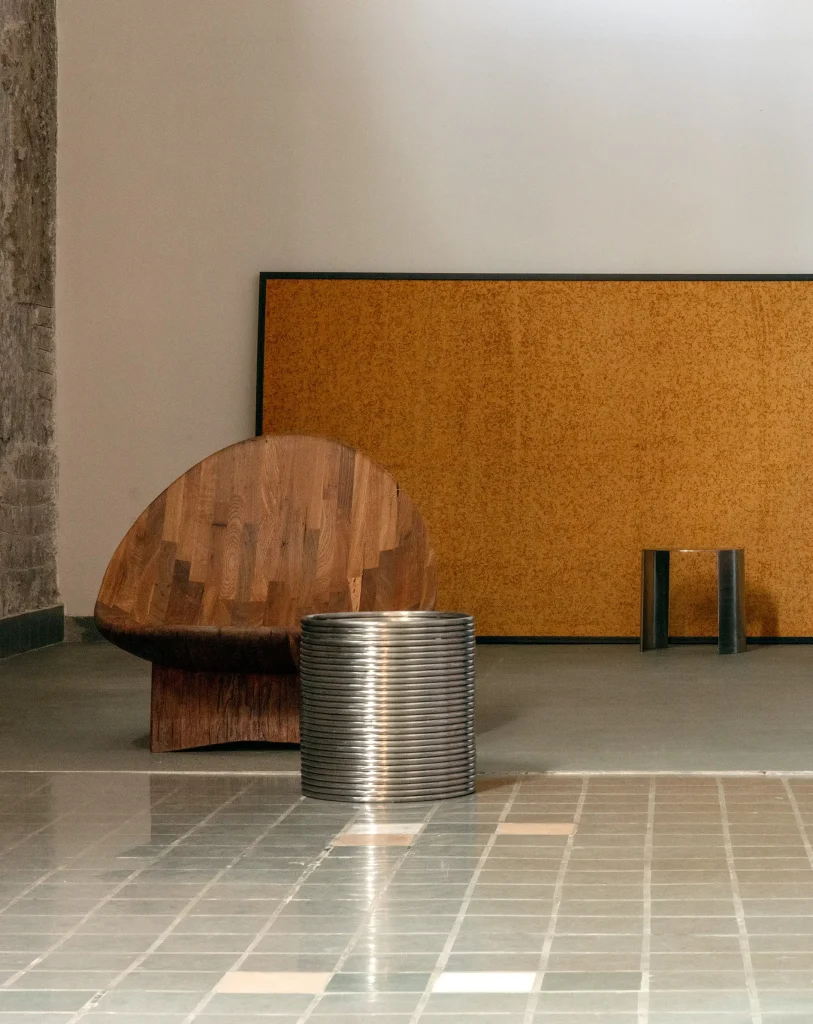

ADORNO: How did you approach selecting these studios? What qualities, voices, or values were you looking for?
KM: The selection process was deeply intentional—shaped by a desire to represent the diversity, depth, and evolving language of Indian product design. I wasn’t looking to present a singular narrative or aesthetic, but rather a constellation of voices that reflect the multiplicity of India’s design landscape today.
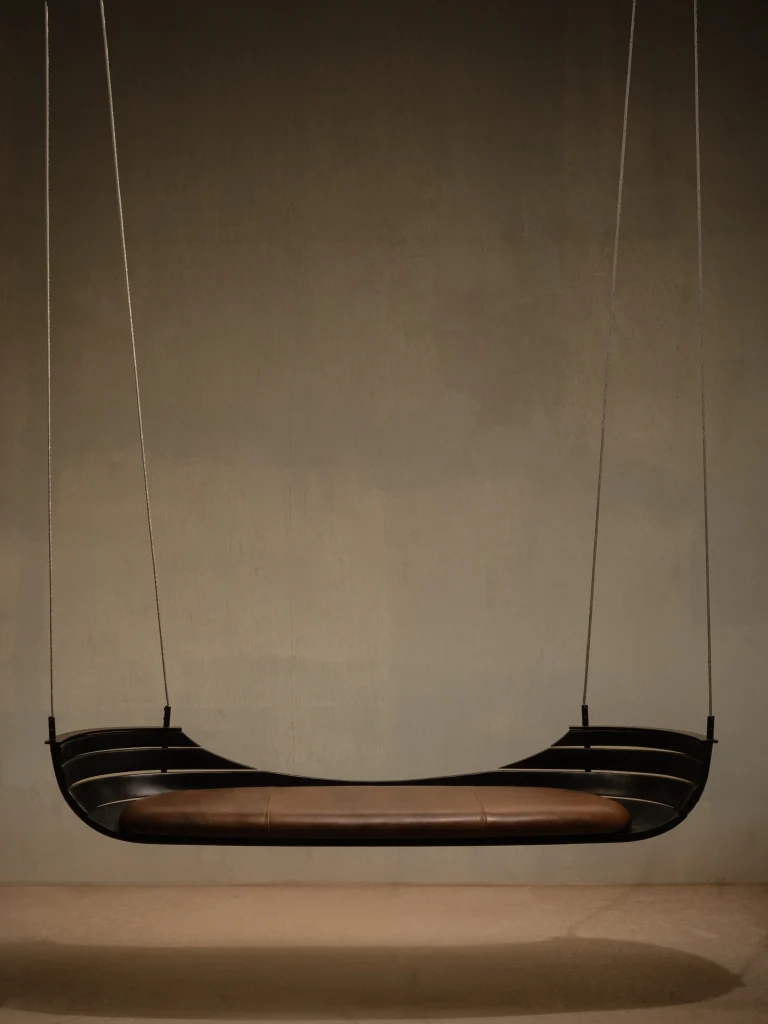

This curation is not just a selection of beautiful objects—it’s a gathering of perspectives that challenge, provoke, and expand how we think about design emerging from the Indian subcontinent.
I looked for studios that are not only skilled in form and function but are also rooted in ideas—studios where design is used as a medium for cultural inquiry, storytelling, and material exploration. Many of the selected designers are engaged in reinterpreting traditional knowledge systems, working closely with craftspeople, or innovating with indigenous materials. Others are experimenting with form, scale, or typology in ways that challenge normative definitions of what Indian design is “supposed” to look like.
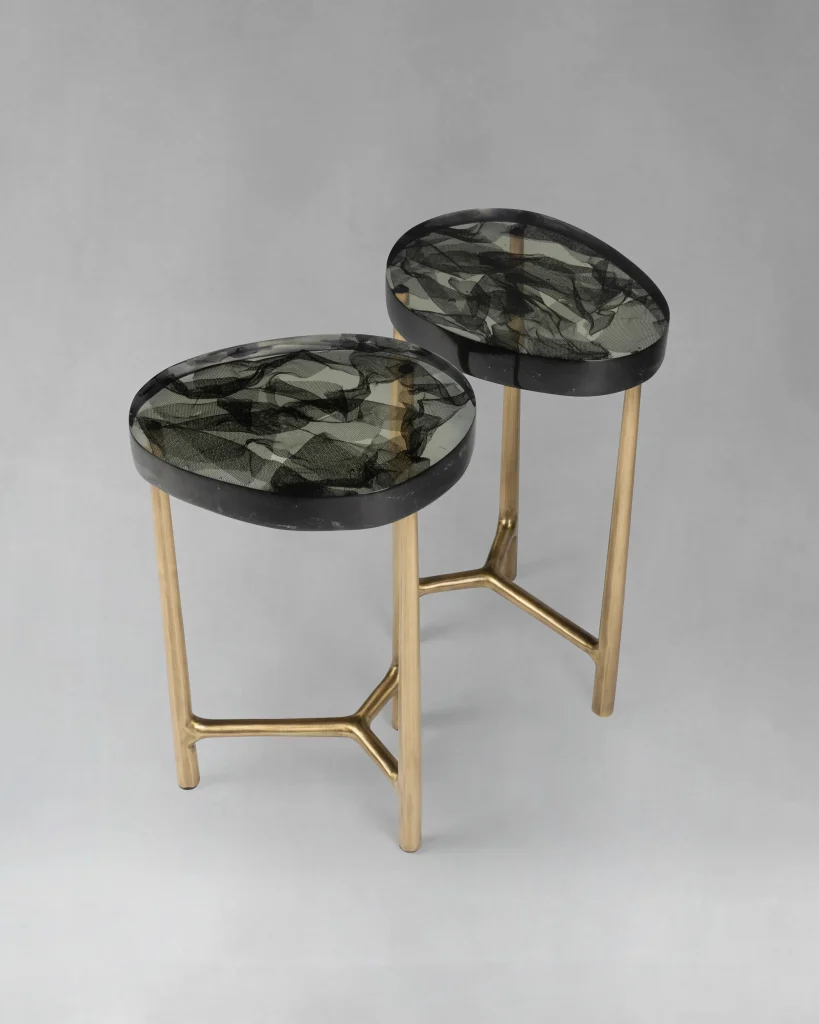

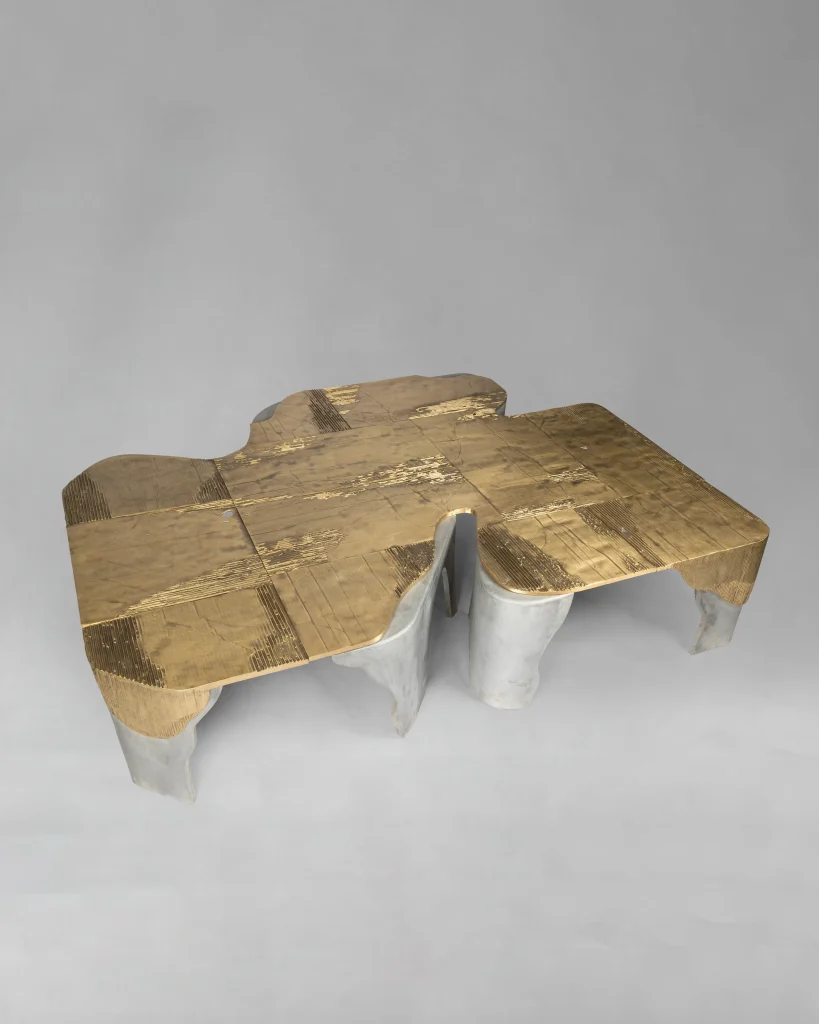

ADORNO: Is there anything else you’d like to share about this project?
KM: What’s important to acknowledge is that this campaign sits at the intersection of creativity and commerce—and that’s very intentional. While the curatorial lens is grounded in cultural and material storytelling, it’s also about positioning Indian design within a global marketplace in a way that is both authentic and competitive.
It’s an invitation to see India not just as a source of inspiration, but as a serious contributor to global design discourse—and commerce.
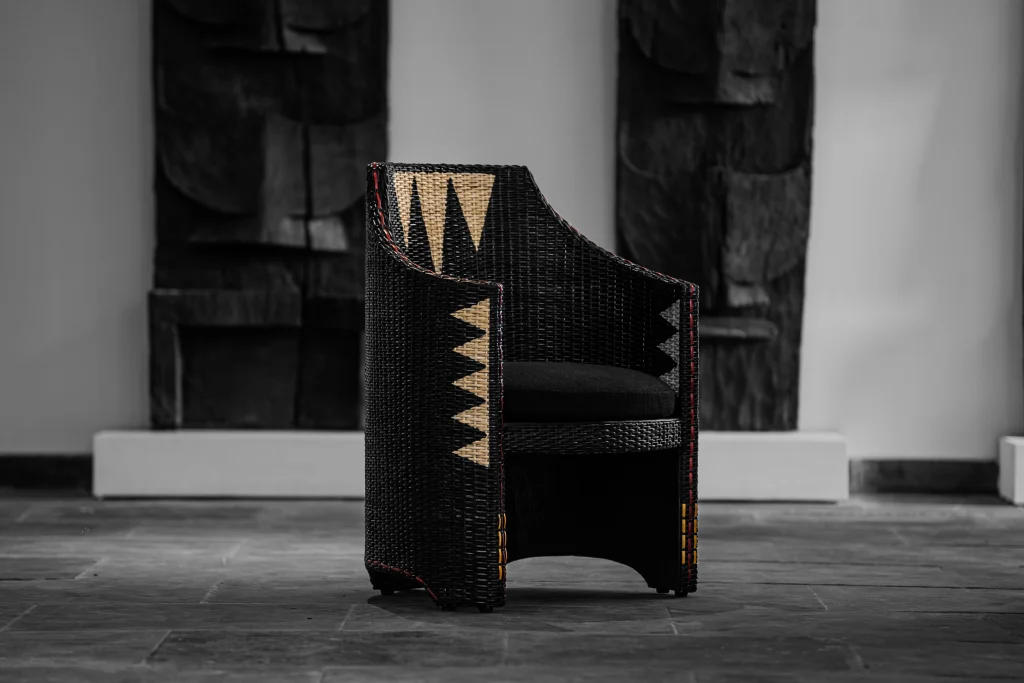

Platforms like Adorno offer an opportunity to shift the perception of Indian design from being seen as purely artisanal or decorative to being collectible, conceptual, and commercially viable. The selection reflects this duality—each piece holds artistic and cultural value, but is also made to exist in real spaces, in global contexts, and for discerning audiences.
Ultimately, this is about expanding visibility and creating access—not just for the designers, but for international collectors, curators, and design patrons to engage with Indian design in a more meaningful way.
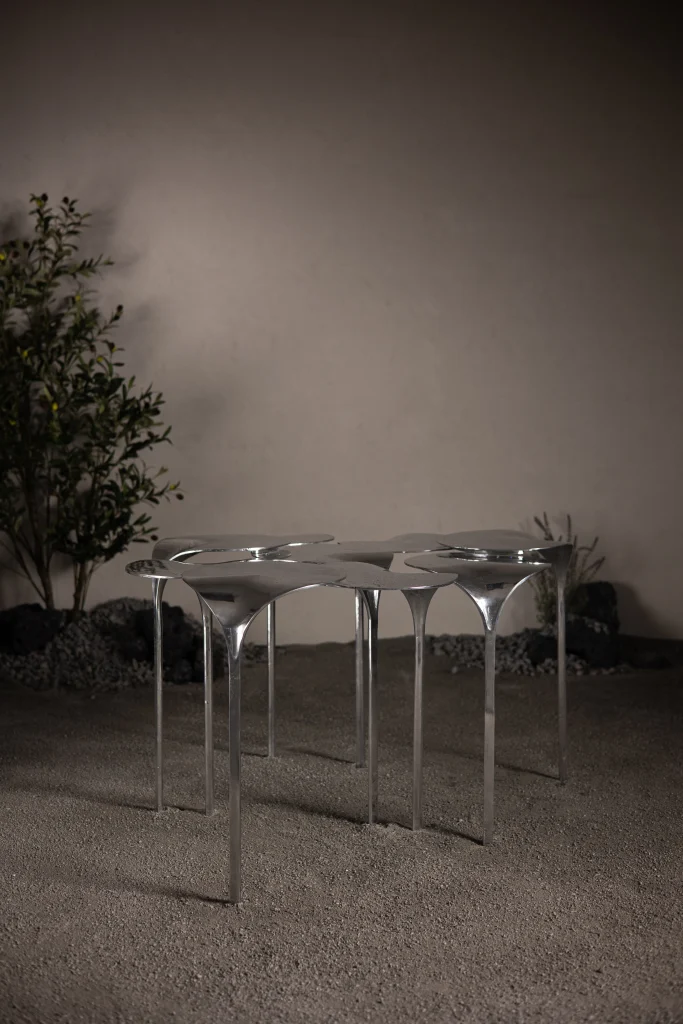

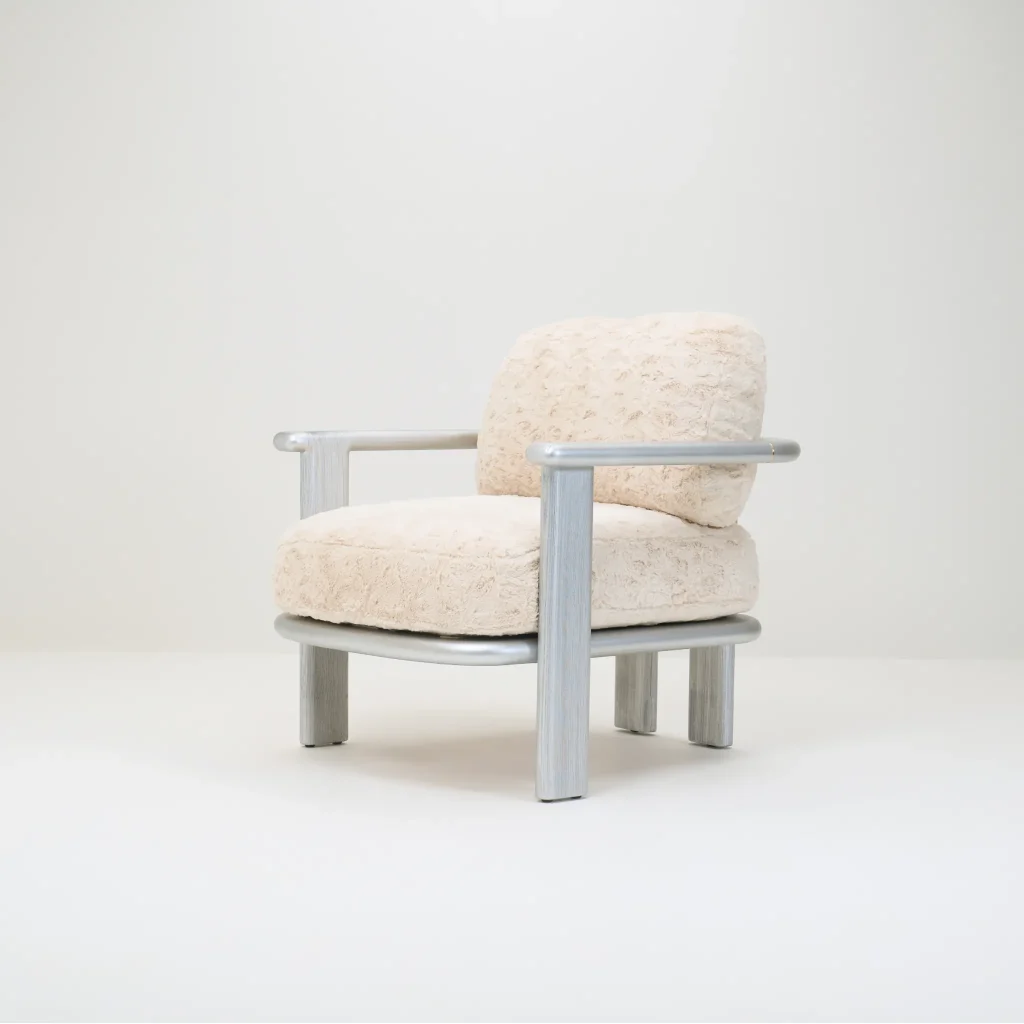

-

 Amara Coffee Table
Amara Coffee Table -

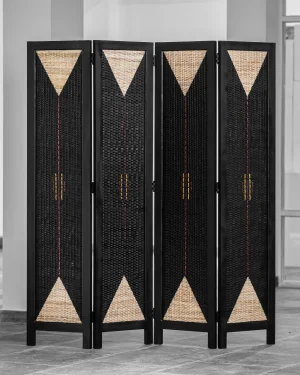 Angkha Divider
Angkha Divider -

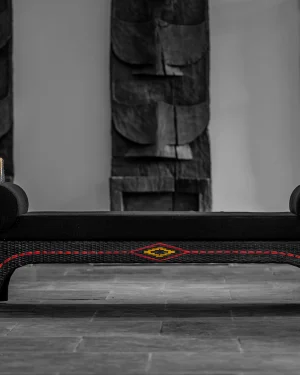 Angkha Diwan Upholstered Bench
Angkha Diwan Upholstered Bench -

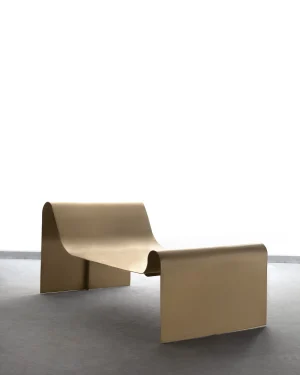 Bend Daybed
Bend Daybed -

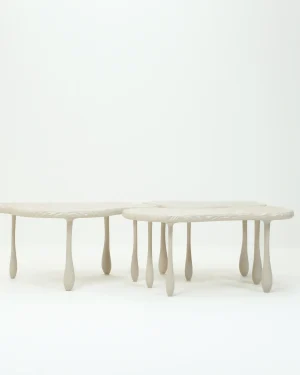 Chip Coffee Table
Chip Coffee Table -

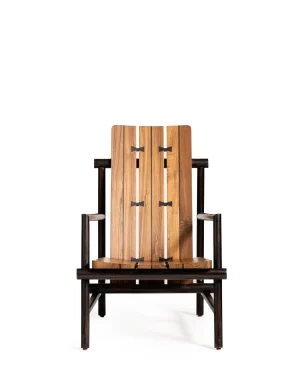 Cleave Arm Chair
Cleave Arm Chair -

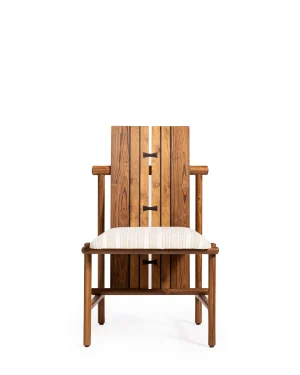 Cleave Dining Chair
Cleave Dining Chair -

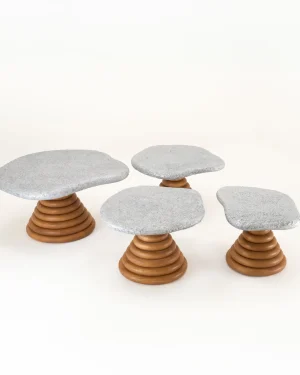 Cosmos Cluster Center Table | Prive
Cosmos Cluster Center Table | Prive -

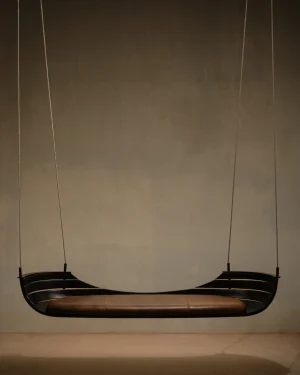 Holt Swing
Holt Swing -

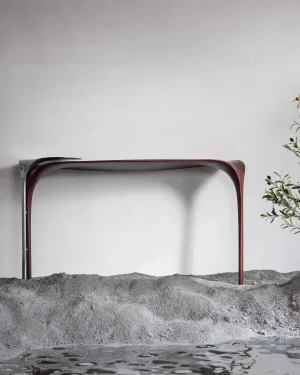 Maris Console Table
Maris Console Table -

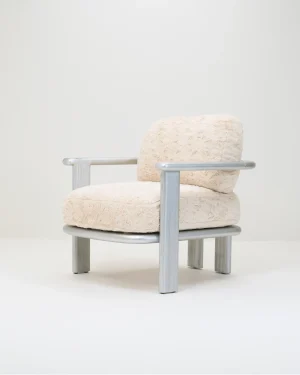 Nanyuki Lounge Chair
Nanyuki Lounge Chair -

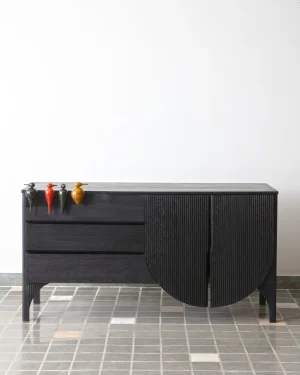 Perch Runner Console
Perch Runner Console -

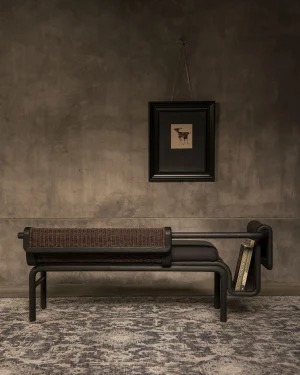 Rahi Gallery Bench
Rahi Gallery Bench -

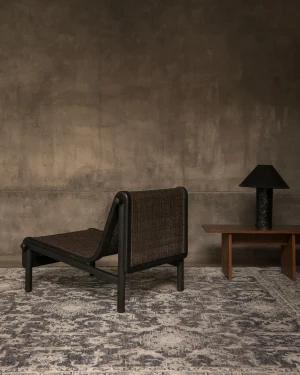 Rahi Lounge Chair
Rahi Lounge Chair -

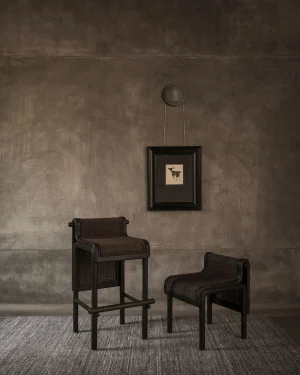 Rahi Stools
Rahi Stools -

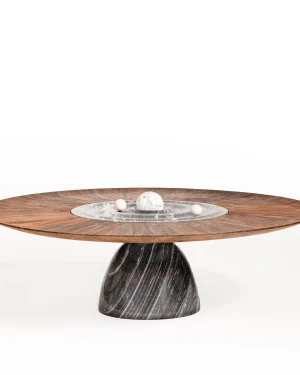 Ripple 2.0 Coffee Table
Ripple 2.0 Coffee Table -

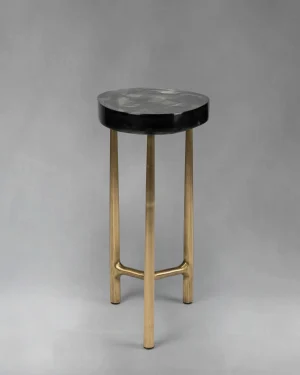 The Abyss Side Table
The Abyss Side Table -

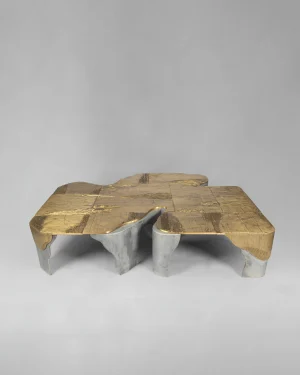 The Plateau Coffee Table (volume Ii)
The Plateau Coffee Table (volume Ii) -

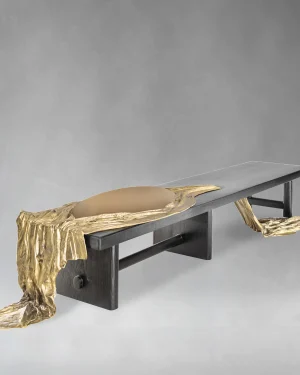 The Roman Bench
The Roman Bench -

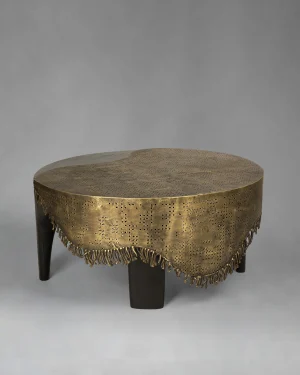 The Showbiz Table
The Showbiz Table
